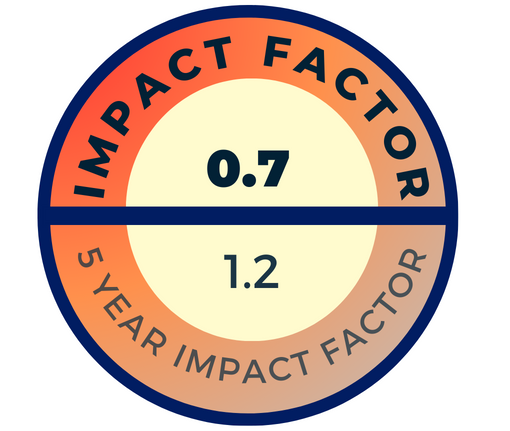Objective: Hyperammonemia is a rare side effect of valproate(1,2). Carnitin deficiency has pointed as a predisposing factor at valproate-induced hyperammonemic encephalopathy in some articles (3). In this case report, we aimed to present a case of L-carnitine treatment in valproate-induced hyperammonemic encephalopathy.
Case: A 36-year-old woman, graduated from secondary school, married with two children, previously diagnosed as bipolar disorder (10 years ago) and hypothyroidism, hospitalized because of mixed episode of bipolar disorder that induced by not using her medication. We started valproate 1000 mg and risperidone 3 mg daily. Lethargy, apathy, confusion and orientation disorder occured at 7th day of treatment and diagnosed as hypoactive delirium. Potassium: 2.8mEq/L, chlorine: 110mEq/L, ammonia: 72µmol/L, pH:7.48 found at blood tests. Serum valproate level couldn’t determine because of technical issues. Due to high ammonia level at blood, she diagnosed as valproate-induced hyperammonemia and hypokalemic alkolozis, which is a rare side effect of valproate. Valproate treatment stopped and she cosulted to internal medicine. Serum potassium levels stabilized with replacement treatment. The day after, ammonia level was 197 µmol/L and L-carnitine 1000 mg in 100 cc isotonic sodium chloride, 4 times a day, added to the intravenous treatment. After 24 hours of L-carnitine infusion, ammonia level was 35 µmol/L. Symptoms of delirium has disappeared at the third day of L-carnitine treatment.
Conclusion: Our case report showed that treatment with L-carnitine in valproate-induced hyperammonemic encephalopathy improved the symptoms of delirium. In the light of this case, further studies are needed.



